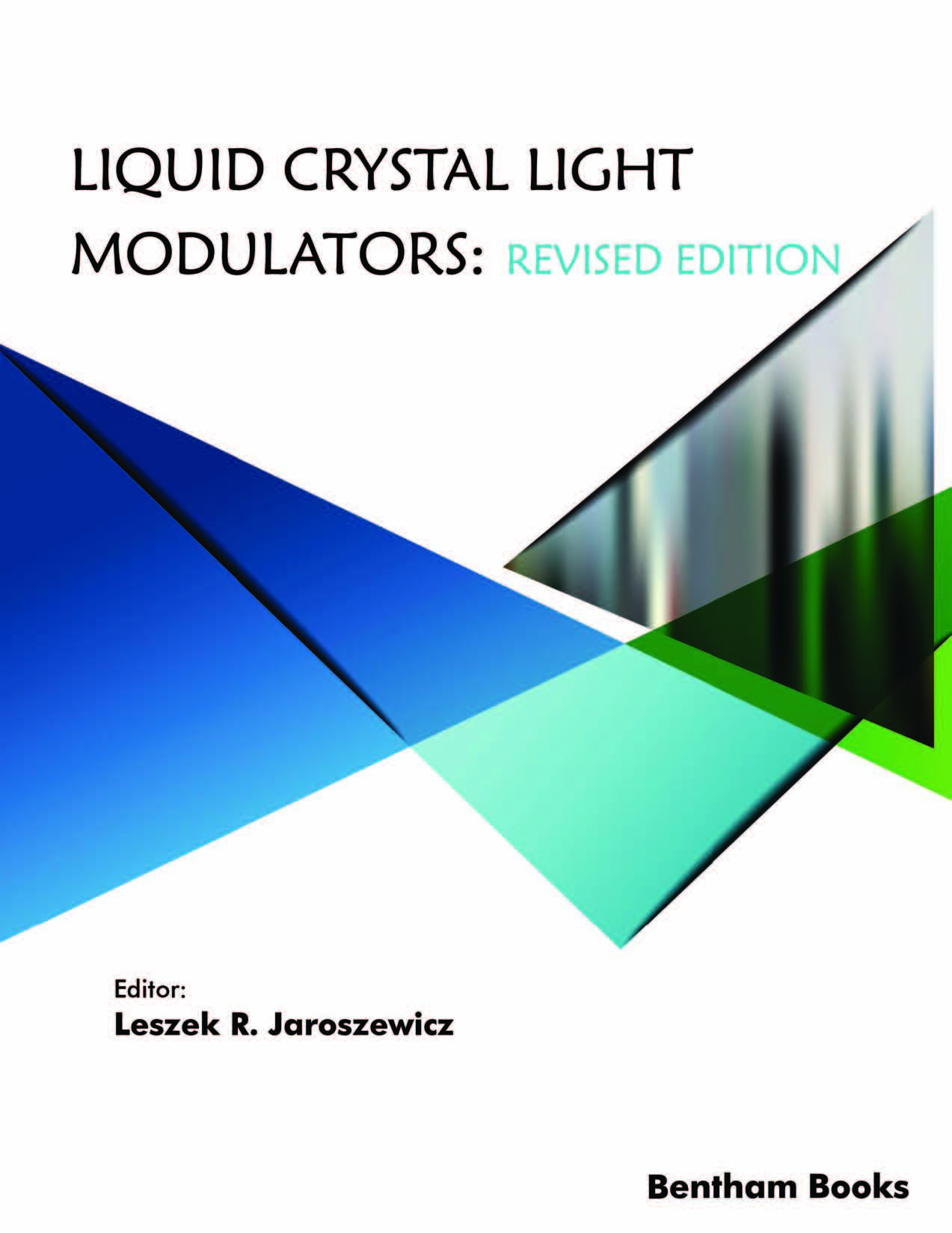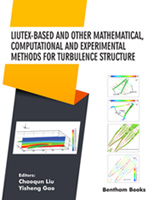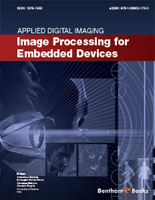Introduction
This brief monograph provides reports on liquid crystal materials used for specific devices designed for industrial applications. The authors of each chapter present insights on the design and technical aspects of the manufacturing of advanced liquid crystal light modulators reflecting their experience in advanced liquid crystal materials science.
Chapters in the book first introduce readers to the chemistry and basic materials science of liquid crystal light modulators with information important for practical situations such as custom manufacturing and material quality assessment (including the determination of Frank elastic constants). Subsequent chapters cover a selection of interesting projects where liquid crystal light modulators are applied, such as: a highly transparent, laser damage resistant liquid crystal phase modulators for space-borne laser rangefinders; a dynamic optical filter designed for visualization of air pollution; a high contrast, fast operating, outdoor light shutter for the eye protection of welders.
Readers will gain an awareness of the peculiarities of the liquid crystalline matter, along with the complexity of the design and fabrication of active optical elements, as the information provided in this volume presents detailed practical results of the liquid crystal technology projects.




